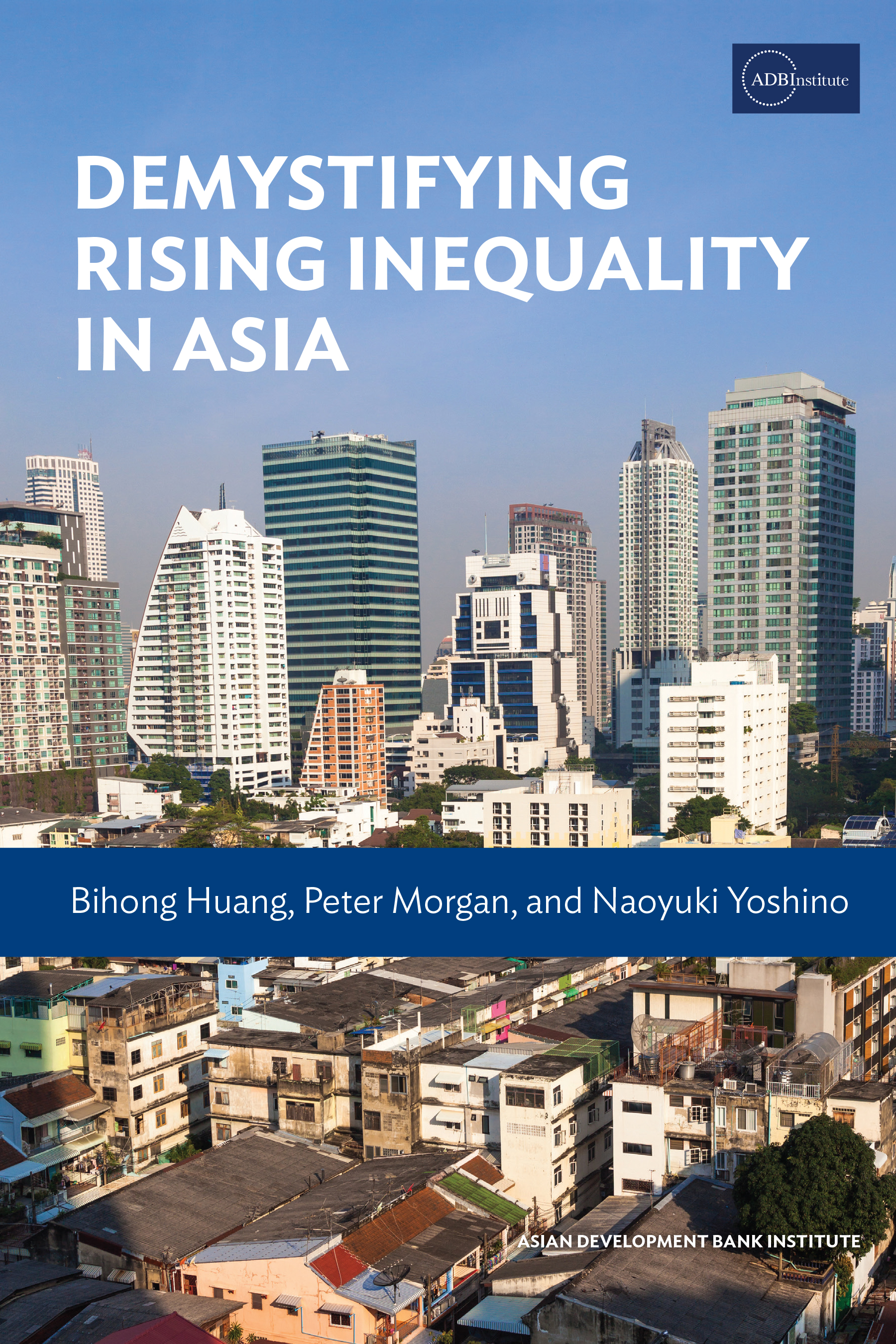The “Lehman weekend” five years ago has taken on symbolic importance as the fulcrum of the financial crisis, but the roots of the crisis were broad and deep—planted in years of unconstrained excess on Wall Street and prolonged complacency in Washington and financial capitals worldwide.
“Shadow banking” permitted the financial sector to engage in highly leveraged, short-funded maturity transformation with too little transparency, not enough capital and little restraint. Large firms became more interconnected and became increasingly reliant on short-term funding from repo transactions, derivatives, money market funds, securities lenders and prime brokerage business. Huge amounts of risk moved outside the more regulated parts of the banking system to where it was easier to increase leverage.
Legal loopholes and regulatory gaps allowed firms to evade oversight. Investment banks, insurance conglomerates and other entities performing the same market functions as banks escaped meaningful regulation on the basis of their corporate form, and banks could move activities off balance sheet and outside the reach of more stringent regulation.
Under the guise of innovation, the financial sector piled ill-considered risk upon risk. Derivatives were traded in the shadows with insufficient capital to back the trades. Repo markets became riskier as collateral shifted from Treasurys to poorer quality asset-backed securities.
The lack of transparency in securitization hid the growing wedge in incentives facing different participants in the system and failed to require sufficient responsibility from those who made loans, packaged them into complex instruments to be sold to investors and rated them for sale. Synthetic products—opposing bets—multiplied risks in the securitization system.
Rapid growth in key markets hid misaligned incentives and underlying risk. Financial innovation often outpaced the capacity of managers, regulators and markets to understand risks and to adjust. Increasingly inadequate capital buffers riddled the system as both market participants and regulators failed to account for risks appropriately.
Short-term rewards for new financial products in rapidly growing markets overwhelmed or blinded traders, firms and private sector gatekeepers, and swamped those parts of the system that were supposed to mitigate risks.
Consumer and investor protections were weakened in the name of the free market, and households took on risks they often did not fully understand and could not afford. Rising home prices helped to feed the financial system’s rapid growth, and to hide declining underwriting standards in the origination and securitization of mortgage loans.
Fault lines were revealed when home prices began to flatten and then decline. The asset implosion in housing cascaded through the system, with contamination moving from weaker firms to stronger ones. Failures in the shadow banking system fed failures in the more regulated parts of the banking system.
Then, in the fall of 2008, financial markets froze. The over-reliance on brittle, short-term financing, opaque markets and excessive-risk taking, which had been the source of significant profit in financial capitals globally, fanned a panic that nearly collapsed the global financial system.
The Dodd-Frank Wall Street Reform and Consumer Protection Act of 2010 laid a firm foundation for a more resilient financial sector, one that works for American families. A new Consumer Financial Protection Bureau has been built from scratch. New rules governing derivatives transactions have largely been proposed.
A resolution authority and improvements to supervision are being put in place. The largest firms have to hold a lot more equity capital and face regular stress tests. The financial system is safer, and reforms are making a difference.
But much more work remains to be done. Capital rules, “bail in” debt, and limits on counterparty credit exposures are still works in progress, and more is required to make resolution plans plausible.
Structural reforms such as the Volcker Rule and limiting large firms to no more than 10 percent of the liabilities of the financial system are not yet in place. Short-term wholesale funding, while reduced, still poses the risk of runs throughout the financial sector, and money market funds are still susceptible to the same kind of runs that led to their 2008 bailout. Major questions about the future shape of the U.S. housing finance system remain unanswered.
There is a serious risk that a collective amnesia about the causes and consequence of the financial crisis will further weaken the resolve for reforms. The financial sector is still lobbying, litigating and seeking to legislate to block them. If we don’t keep pushing, we could find ourselves wondering why we’re in another crisis five years from now.







